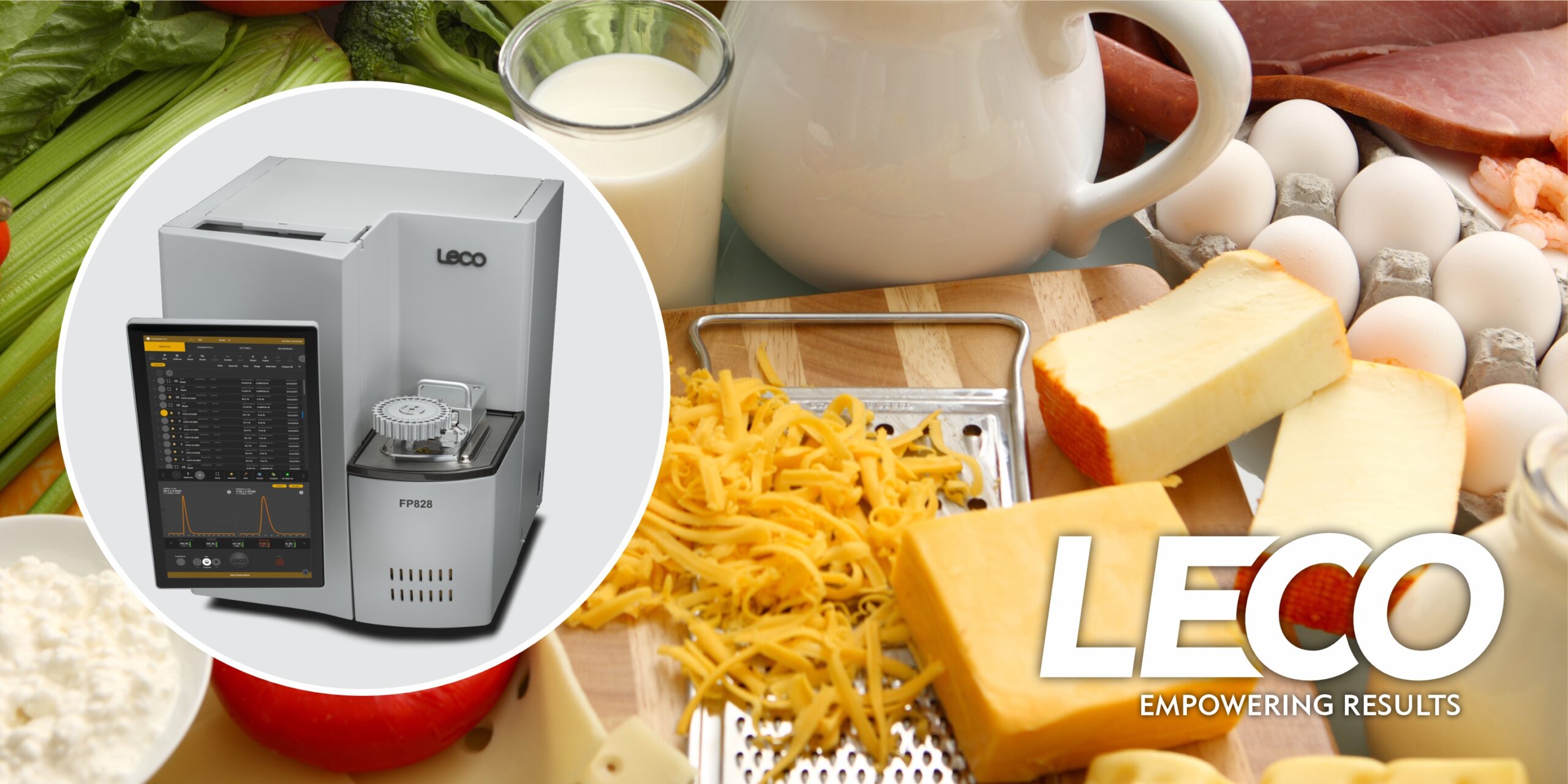 If all you need for your mount is a uniform shape to hold your sample, Bakelite or epoxy would work just fine. It’s simply a matter of finding the mounting material that works best with the sample material. But if you need a mounting material that lets you see the sample mounted within, there is no better choice than Lucite.
If all you need for your mount is a uniform shape to hold your sample, Bakelite or epoxy would work just fine. It’s simply a matter of finding the mounting material that works best with the sample material. But if you need a mounting material that lets you see the sample mounted within, there is no better choice than Lucite.
An acrylic thermoplastic, Lucite begins as loose granules which cure into a clear solid with good hardness and edge retention. The key benefit of using Lucite is the ability to see all sides of the sample, whether for identification purposes, or to know which depth to grind and polish to, etc. Lucite is, however, a very Goldilocks-esque mounting material, requiring a just-right temperature and pressure to obtain those crystal clear results.
 If a Lucite mount does not cure at the proper temperature, the inside will remain porous and uncured, resulting in a „cloudy” or „cottonball” effect that defeats the purpose of using Lucite in the first place and may affect the grinding and polishing process. If the center is too cool, the granules there will not melt, and the cloud will look blurry. If the center gets too hot when the outside of the mount hardens, it will contract as it cools, leaving a grainy cloud that may cause cracking or bulging in the mount. Either way, these flaws diminish the utility of Lucite.
If a Lucite mount does not cure at the proper temperature, the inside will remain porous and uncured, resulting in a „cloudy” or „cottonball” effect that defeats the purpose of using Lucite in the first place and may affect the grinding and polishing process. If the center is too cool, the granules there will not melt, and the cloud will look blurry. If the center gets too hot when the outside of the mount hardens, it will contract as it cools, leaving a grainy cloud that may cause cracking or bulging in the mount. Either way, these flaws diminish the utility of Lucite.
A traditional method of mounting with Lucite involves over-heating the outside of the mount to 150 °C (~300 °F), holding it at this temperature for around 10 minutes, long enough to ensure the center melts, and then cooling it at a slow rate of 0%-5%, so the entire mount temperature remains uniform as it hardens. However, this technique is not always successful, so the common frustration with Lucite remained.
 LECO was not satisfied with this traditional method and began experimenting. We wanted to consistently make perfectly clear Lucite mounts, and we wanted every MX400 and MX500 mounting press programmed with a reliable method that could work in any lab.
LECO was not satisfied with this traditional method and began experimenting. We wanted to consistently make perfectly clear Lucite mounts, and we wanted every MX400 and MX500 mounting press programmed with a reliable method that could work in any lab.
Lowering the temperature to 105 °C (220 °F), just above the melting temperature of Lucite, and holding it at this temperature for 13+ minutes (depending on the size of the mount being made) before using a quick cooling rate of 100% proved the best strategy. This ensures that the center of the mount never overheats while also guaranteeing that it reaches a hot enough temperature to fully melt. This lower temperature also means that Lucite can be used for temperature-sensitive samples, such as circuit boards.
Even with an improved method, Lucite is still incredibly challenging to perfect, and slight changes to the samples or atmosphere can affect the mounting process. This method allows for tweaks to accommodate these differences: if the mounts have a blurry cloud in the center, increase the hold time or, if necessary, the temperature. If the mounts have a grainy cloud in the center, reduce the temperature or, if necessary, slow the cooling process.
Once adjusted for your specific samples, the MX-Series of mounting presses can reliably and efficiently create mounts as just one step in our start-to-finish metallographic solution.




